
Web Development Syllabus for Beginners in 2025
Apr 01, 2025 5 Min Read 13624 Views
(Last Updated)
Web development is an essential domain in today’s tech-driven times. As a web developer, your primary responsibility is to turn web design and desired functionalities into fully functional websites. This complex task involves translating client requirements into a computer language, such as HTML so that machines can understand them.
Becoming a web developer requires a significant investment of time and effort, as well as a deep understanding of various components of web development. This knowledge is essential to stay ahead of competitors and deliver high-quality results.
If you’re interested in pursuing a career in web development, starting by learning the basics of web development is essential. A good place to start is by going through a web development syllabus to understand better what you need to know to become proficient in the field. Let’s get started!
Table of contents
- Complete Web Development Syllabus for Beginners
- Module 1 - Web Foundations
- Module 2: Frontend Development
- Module 3: Backend Development
- Module 4: Hosting and Deployment
- Module 5: Advanced Frontend Development
- Module 6: Beyond the Web
- Conclusion
- Frequently asked questions
- How long does it take to complete a web development syllabus?
- Do I need a formal education to learn web development?
- What programming languages should I learn for web development?
- Do I need to know how to design to be a web developer?
- What career opportunities are available after learning web development?
Complete Web Development Syllabus for Beginners
To make things crystal clear, we’ve organized the web development syllabus into six modules. Think of each module as a building block that forms the foundation of web development.
Let us explore each module step by step, breaking down what you need to learn in a way that’s easy to follow and understand.
Module 1 – Web Foundations

Internet Basics: In the web development syllabus, the first module focuses on “Web Foundations,” which thoroughly covers the basics of the Internet.
You will learn about the fundamental concepts of the Internet, including the TCP/IP protocol suite, DNS (Domain Name System), HTTP/HTTPS protocols, and the interplay between web servers and clients.
This module forms the foundation for a deeper understanding of web development technologies by explaining how data is transmitted over the Internet and the role of different protocols.
Introduction to Web Development: Having explored the Internet fundamentals, you gain insights into the dynamic world of web development. This part of the module clarifies the roles and responsibilities of web developers, provides an overview of the technologies used, and sets the stage for deeper learning.
You will grasp the importance of HTML and CSS, JavaScript, and other tools in crafting web applications and websites.
Node.js and Git: Concluding the first module is a dive into “Node.js and Git.” Node.js, being a JavaScript runtime environment, offers the capability for server-side scripting. You get hands-on experience with Node.js by setting up a basic server and understanding its usage in server-side development.
Concurrently, Git, a crucial version control system, is introduced. You will learn to utilize Git for collaborative coding, version tracking, and managing project history. This knowledge becomes indispensable as you progress in your web development journey.
Before diving into the next section, ensure you’re solid on web development essentials like front-end frameworks, back-end technologies, and database management. If you are looking for a detailed Full Stack Development career program, you can join GUVI’s Web Development Career Program with Placement Assistance. You will be able to master the MERN stack (MongoDB, Express.js, React, Node.js) and build real-life projects.
Additionally, if you want to explore JavaScript through a self-paced course, try GUVI’s JavaScript self-paced certification course.
Module 2: Frontend Development
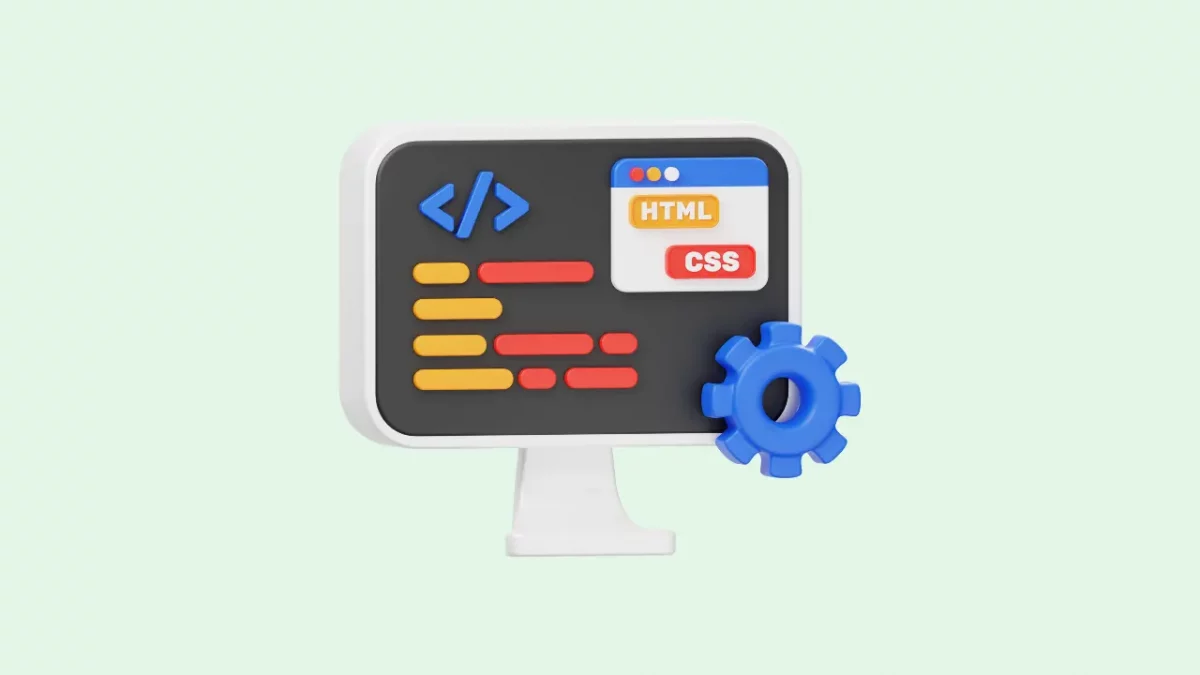
HTML: The second module commences with an in-depth study of HTML. HTML (Hypertext Markup Language) is the backbone of web content, and you have to immerse in its intricacies.
You will learn how to structure web content using HTML tags, elements, and attributes, thereby gaining the ability to create well-organized web pages.
CSS Basics & Properties: Simultaneously, you explore “CSS Basics & Properties.” Cascading Style Sheets (CSS) empower you to style HTML elements, and this module delves into CSS syntax, selectors, properties, and the art of applying styles to web pages.
The module fosters a deep understanding of how to make web content visually appealing and user-friendly.
JavaScript and HTTP (forms): Moving forward, you will tackle “JavaScript and HTTP (forms).” JavaScript, a pivotal scripting language in the web development syllabus, becomes the focal point. You delve into JavaScript’s core concepts, including variables, data types, and control structures.
Furthermore, you discover how to work with web forms, allowing yourself to handle HTTP requests and user input effectively. This knowledge forms a critical foundation for building interactive web applications.
Sessions and HTTP: Complementing the understanding of HTTP, this module also delves into “Sessions and HTTP.” Here, you will learn about web sessions and cookies, crucial mechanisms for maintaining user state across web pages.
Understanding HTTP’s request-response model and its connection with sessions and cookies is essential for you to craft robust and user-friendly web applications.
JavaScript & Document Object Model (DOM): To further enhance frontend development skills, you will progress to learning how to manipulate HTML and CSS using JavaScript through the Document Object Model (DOM).
Concepts such as DOM traversal, event handling, and dynamic content creation will empower you to build responsive and interactive web interfaces.
Creating HTML Forms: This module section builds upon previous knowledge by taking a more in-depth dive into form creation. You will explore advanced form design, validation techniques, and form submission, equipping yourself with the skills to design user-friendly and data-driven web applications.
Creating Stylish Websites: Completing this module, you will focus on responsive web design principles. You will learn to implement CSS frameworks like Bootstrap, making websites visually appealing and ensuring optimal user experiences across different devices and screen sizes.
Module 3: Backend Development
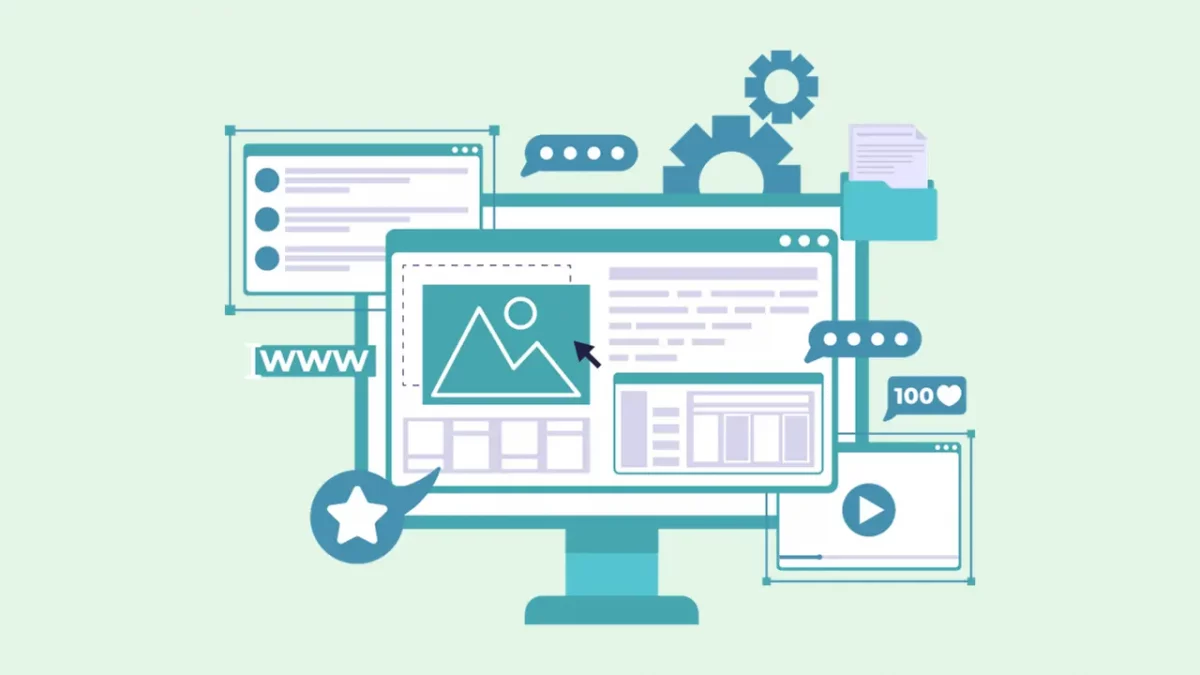
PHP HyperText PreProcessor: Module 3 marks your transition to server-side development. It starts with exploring the “PHP HyperText PreProcessor” (PHP).
PHP is a widely used server-side scripting language, and you will gain a solid understanding of its syntax and capabilities.
You will learn how to create dynamic web pages, making generating content on the server possible before delivering it to the client.
SQL & MySQL: Next, you delve into Structured Query Language (SQL). It is a fundamental component of database management, as well as the web development syllabus.
You will learn SQL basics and focus on MySQL, a renowned relational database management system (RDBMS). This knowledge is invaluable for managing and manipulating data in web applications.
Integrating PHP and MySQL: As you progress, you will learn about the integration of PHP and MySQL. This module section demonstrates the seamless connection between PHP and MySQL, enabling you to create dynamic web applications with robust data storage and retrieval capabilities.
You will gain proficiency in integrating the PHP scripting language with the MySQL database management system, creating a solid foundation for building database-driven web applications.
Database Interaction: Having learned about the integration, you will get hands-on experience building database-driven web applications. You will learn to perform CRUD (Create, Read, Update, Delete) operations, allowing you to create interactive and data-rich web solutions.
You will understand the worth of efficient database management for web development projects, equipping yourself with the skills required for backend web development.
You will eventually become proficient in using PHP for server-side scripting, SQL for database management, and integrating these technologies to create dynamic and data-driven web applications.
Module 4: Hosting and Deployment

Website Structure and Hosting: Module 4 introduces the critical aspects of making web projects accessible online. This module section covers website architecture, domain registration, and the various web hosting providers.
You will learn how to deploy your web applications to live servers, making them accessible to a global audience.
Serverless Development: Concurrently, you will go through the concept of serverless computing, where the infrastructure management burden is significantly reduced.
You will learn how to build and deploy serverless applications using AWS Lambda or Azure Functions platforms.
Module 5: Advanced Frontend Development
Intro to Programming with the Use of JavaScript: Module 5 propels you to understand JavaScript better. You will delve into programming concepts, including functions, closures, and asynchronous programming.
All this knowledge will be foundational for you to write complex and feature-rich web applications.
JavaScript Program & Testing: The subsequent section in the web development syllabus emphasizes best practices in writing clean, maintainable JavaScript code.
You will learn how to test your code using popular testing frameworks like Jasmine or Jest, ensuring the reliability and quality of your web applications.
Creating Web Applications: You will then jump to building web applications, applying your cumulative knowledge of HTML, CSS, and JavaScript to develop full-fledged web applications.
This module section emphasizes project-based learning, encouraging you to build and refine your web development skills through hands-on experience.
Progressive Web Apps (PWAs): Here, you will get familiar with PWAs, which offer a native app-like experience within web browsers. Topics include offline capabilities, push notifications, and service workers.
You will learn how to develop PWAs, extending the reach of your web applications to diverse user environments.
Web Components: These are a set of technologies that enable the creation of reusable and encapsulated UI elements. You will adopt a modular and component-based approach to web development, enhancing code reusability and maintainability.
Web App Optimizations: Concluding this module of the web development syllabus, you will acquire techniques for optimizing web applications in speed, performance, and accessibility.
You will learn strategies to enhance user experiences and ensure your web projects are efficient and accessible to a broad audience.
Module 6: Beyond the Web

Cross-platform Apps: In the final module 6, you will explore avenues beyond traditional web development. Here, you will familiarize yourself with “Cross-platform Apps.” You will learn to leverage your web development skills to create mobile applications.
Technologies like React Native, Flutter, or Xamarin will enable you to build mobile apps that run on multiple platforms using a single codebase.
Static Websites: Concluding the web development syllabus, you will gain an understanding of static site generators and the art of creating fast, secure, and content-rich static websites.
You will become versatile to work on various web projects, from dynamic web applications to lightweight, content-focused websites.
Kickstart your Web Development journey by enrolling in GUVI’s certified Web Development Career Program with Placement Assistance where you will master the MERN stack (MongoDB, Express.js, React, Node.js) and build interesting real-life projects. This program is crafted by our team of experts to help you upskill and assist you in placements.
Alternatively, if you want to explore JavaScript through a self-paced course, try GUVI’s JavaScript self-paced course.
Conclusion
The web development syllabus we have provided you covers all the essential concepts and technologies required for you as a beginner to become a skilled web developer.
Get started module by module, first cementing your foundational knowledge and gradually leveling up your frontend and backend development skills, hosting and deployment practices, advanced frontend development, and eventually, dive into cross-platform app development and static website creation.
You can also explore our web development certification course to thoroughly understand the subject and solidify your chances for a robust career in the field.
Frequently asked questions
The duration varies based on your pace and the depth of study. Comprehensive learning can take a few months to a year or more.
No, a formal degree is not necessary. Many successful web developers are self-taught or have completed online courses and boot camps.
Key languages include HTML, CSS, JavaScript, and, for backend development, languages like Python, Ruby, PHP, or Node.js.
While design skills can be beneficial, they are not mandatory. Many web developers collaborate with designers to create visually appealing websites.
Career paths include web developer, frontend developer, backend developer, full-stack developer, UI/UX designer, web application architect, and more.

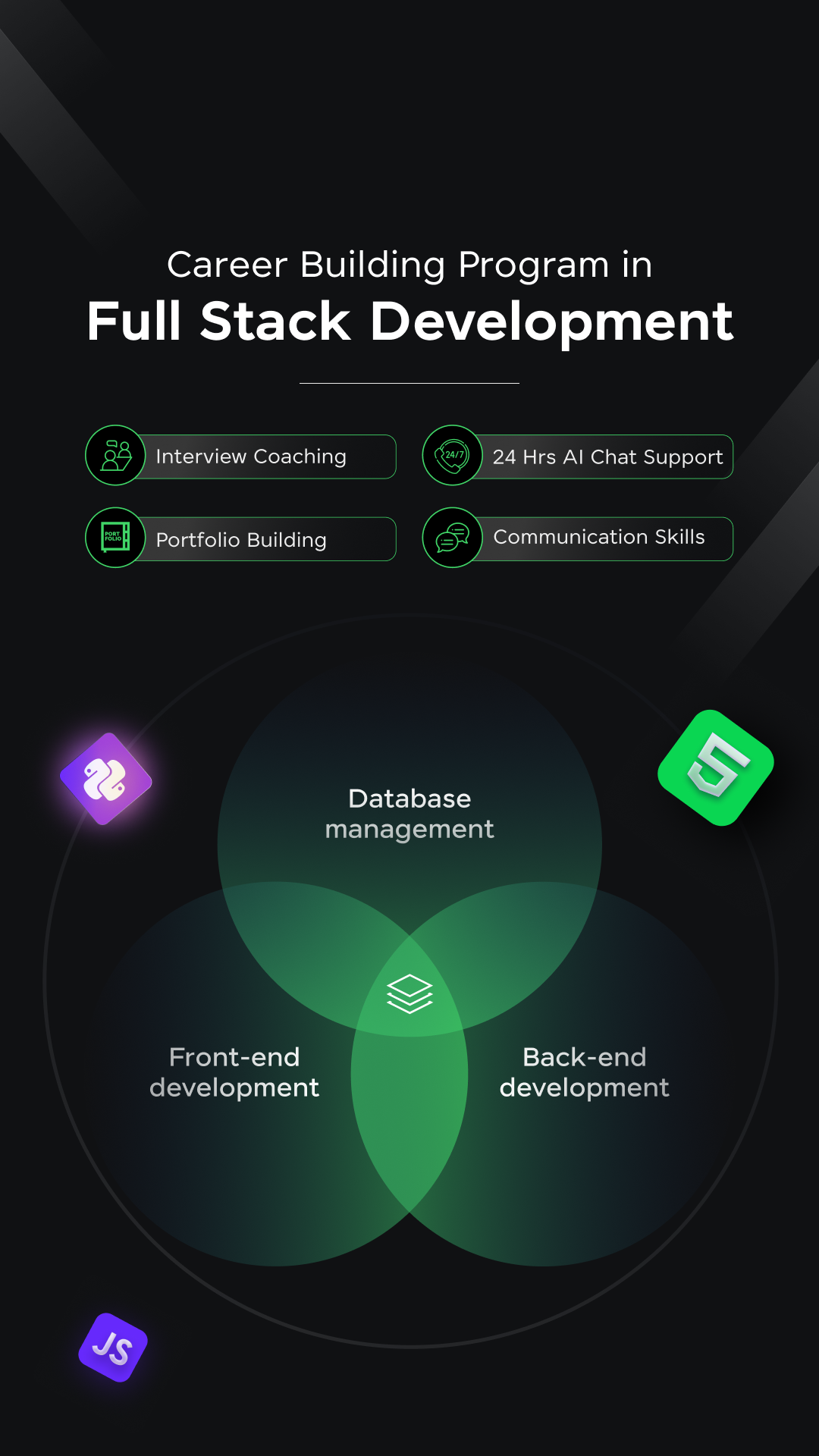




















![Top 35 HTML and CSS Interview Questions with Answers [2025] 7 html and css interview questions with answers](https://www.guvi.in/blog/wp-content/uploads/2022/06/2.-HTML-Css.png)
![Top 20+ React Interview Questions and Answers [2025] 8 Top React Interview Questions](https://www.guvi.in/blog/wp-content/uploads/2022/01/Interview-Questions-1.png)
![What is ReactJS? A Beginner's Guide [2025] 9 what is reactjs](https://www.guvi.in/blog/wp-content/uploads/2025/04/what-is-reactjs.webp)
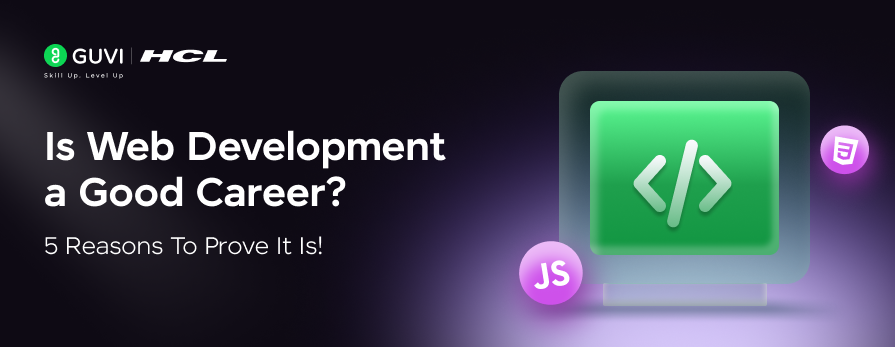

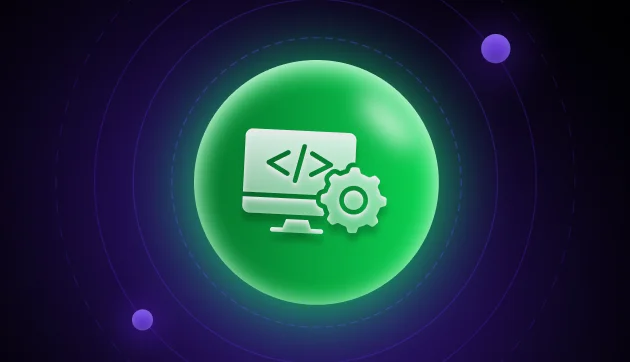

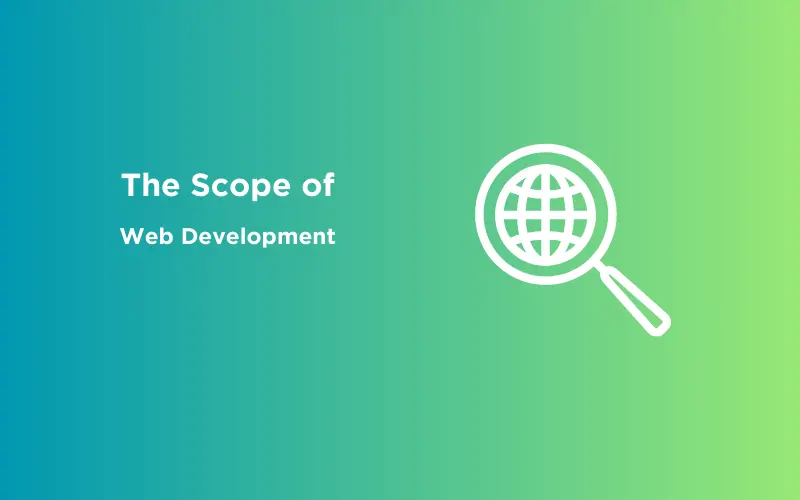


Did you enjoy this article?